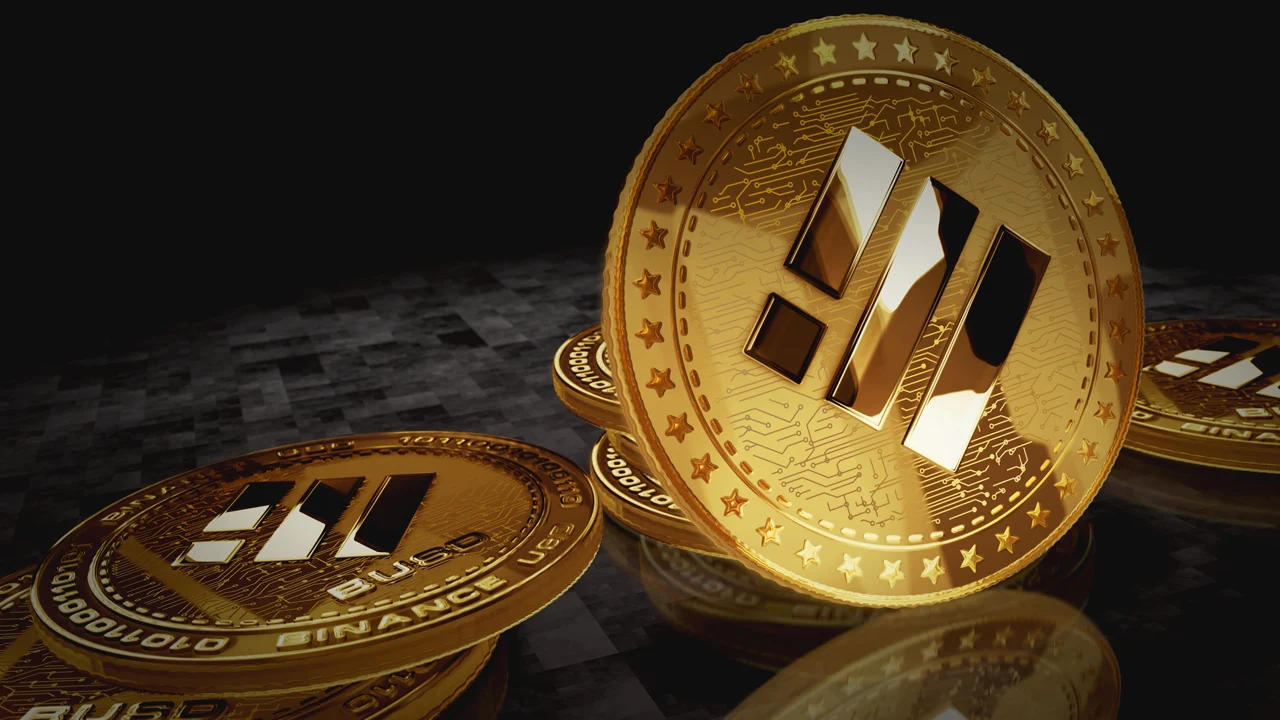Cryptocurrency trading has gained widespread popularity, with digital currencies like Bitcoin (BTC) and Binance USD (BUSD) being among the most traded assets. Whether you’re new to the crypto world or looking to expand your portfolio, understanding how to exchange BUSD to BTC is essential.
This guide explains the process in simple terms, ensuring clarity for everyone, regardless of their expertise. We’ll cover what BUSD and BTC are, why you might want to exchange them, and the easiest ways to make the trade. By the end, you’ll have the confidence to complete your first exchange with ease.
Understanding BUSD and BTC
What is BUSD?
BUSD (Binance USD) is a stablecoin pegged to the US dollar, meaning its value is always close to $1. Key features include:
- Stability: It doesn’t fluctuate like traditional cryptocurrencies.
- Security: It’s regulated by financial authorities and backed by reserves.
- Use Cases: Traders use BUSD to avoid market volatility and for transferring value.
What is BTC?
Bitcoin (BTC), the first and most well-known cryptocurrency, has a completely different profile:
- Volatility: Its price can fluctuate significantly, offering both risks and opportunities.
- Decentralization: Bitcoin operates without a central authority, making it unique.
- Store of Value: Often called “digital gold,” BTC is considered an investment asset.
Why Exchange BUSD to BTC?
- Investment Opportunity: BTC offers potential long-term gains.
- Market Diversification: Holding different cryptocurrencies spreads risk.
- Hedging Against Inflation: BTC is a limited-supply asset, often viewed as a hedge against traditional economic challenges.
Steps to Exchange BUSD to BTC
Step 1: Choose the Right Platform
You’ll need a reliable platform to handle your exchange. Popular choices include:
- Centralized Exchanges: Binance, Coinbase, and Kraken are user-friendly options.
- Decentralized Exchanges: Platforms like PancakeSwap or Uniswap enable peer-to-peer transactions.
- Crypto Wallets with Exchange Features: Wallets like Trust Wallet or MetaMask often include built-in swap options.
Comparison Table: Centralized vs. Decentralized Exchanges
| Feature | Centralized Exchanges | Decentralized Exchanges |
|---|---|---|
| Ease of Use | High | Moderate |
| Security | Moderate | High |
| Fees | Moderate to High | Low |
| Speed | Fast | Moderate |
Step 2: Register and Verify
On centralized exchanges:
- Sign Up: Provide your email and create a password.
- Complete KYC: Submit identity documents for verification (required by most regulated exchanges).
On decentralized platforms:
- You can start trading directly by connecting your wallet—no KYC needed.
Step 3: Deposit BUSD
Transfer your BUSD to the chosen platform. This is done by:
- Generating a deposit address.
- Sending BUSD from your wallet or another exchange.
Step 4: Execute the Trade
- Go to the exchange’s trading interface.
- Choose the BUSD/BTC pair.
- Enter the amount of BUSD you want to exchange.
- Confirm the transaction.
Step 5: Withdraw BTC
Once the trade is complete, withdraw your BTC to a secure wallet. Always ensure your wallet supports Bitcoin.
Factors to Consider Before Exchanging
1. Market Conditions
The crypto market is highly dynamic. Check BTC’s price trends and exchange rates before making a decision. Tools like CoinMarketCap or CoinGecko are excellent for real-time data.
2. Transaction Fees
Every exchange charges fees for transactions, which can vary. Some include:
- Trading Fees: Typically 0.1%-0.5%.
- Withdrawal Fees: These depend on the platform and network conditions.
3. Security Measures
Ensure the platform is secure by:
- Checking for two-factor authentication (2FA).
- Reviewing user feedback and platform reputation.
4. Exchange Rates
Rates vary slightly between platforms. Compare options to get the best deal.
Benefits of Exchanging BUSD to BTC
- Access to Growth Potential: BTC’s historical performance shows significant growth over time.
- Increased Liquidity: Bitcoin is widely accepted and easy to trade.
- Portfolio Diversification: Balances stable assets (BUSD) with volatile ones (BTC).
Challenges and How to Overcome Them
1. Volatility
BTC prices can change dramatically in minutes. Solution:
- Use limit orders to control the price at which you buy BTC.
2. High Fees
Fees can eat into your profit. Solution:
- Opt for platforms with competitive rates.
3. Technical Knowledge
The crypto space can be confusing. Solution:
- Start small and use user-friendly platforms like Binance or Coinbase.
Real-Life Example of Exchanging BUSD to BTC
Imagine you have 500 BUSD and want to convert it into BTC. Using Binance as an example:
- Deposit 500 BUSD into your Binance account.
- Go to the BUSD/BTC trading pair.
- Enter “500” BUSD as the amount to trade.
- Confirm the transaction. Based on current rates, you’ll receive approximately 0.014 BTC (subject to market conditions).
Tips for a Successful Exchange
- Stay Updated: Monitor crypto news for insights into BTC’s performance.
- Use Reliable Tools: Platforms like TradingView offer charts to analyze trends.
- Secure Your Wallet: Transfer BTC to a hardware wallet for maximum security.
Conclusion
Exchanging BUSD to BTC is a straightforward process when approached with the right tools and knowledge. By selecting a reliable platform, understanding fees and rates, and keeping security top of mind, you can seamlessly trade stablecoins for the world’s most popular cryptocurrency.
Whether you’re investing for the long term or exploring the world of crypto trading, BTC offers exciting opportunities. Start small, educate yourself, and enjoy the journey into the digital economy.
Useful Resources
- CoinMarketCap – Real-time market data.
- Binance Academy – Beginner-friendly crypto education.


